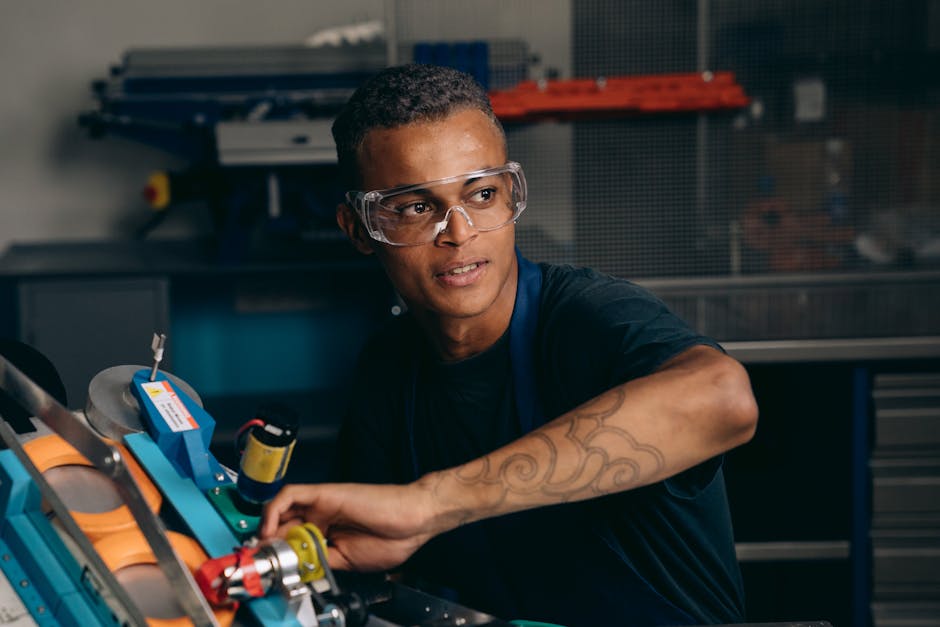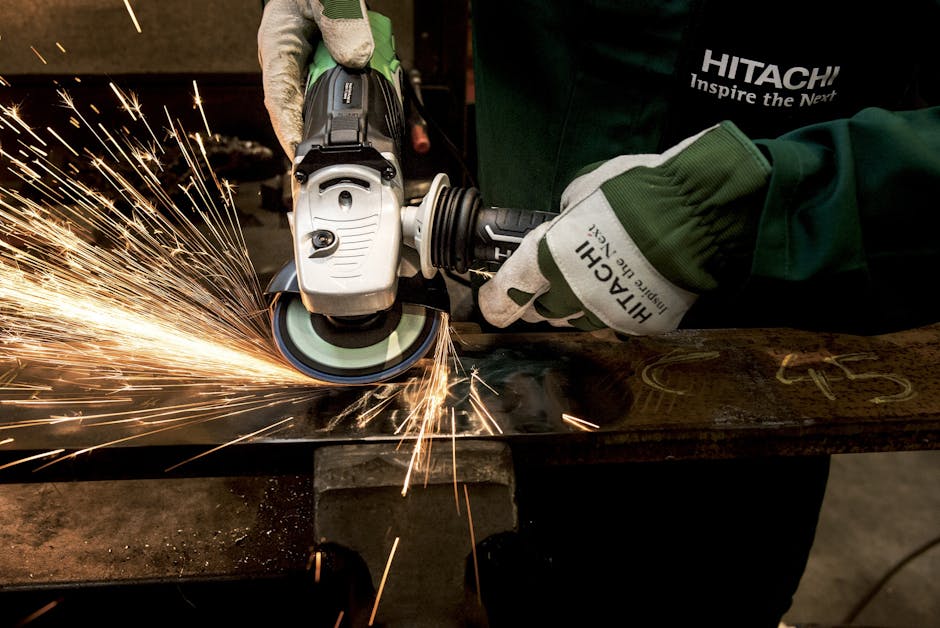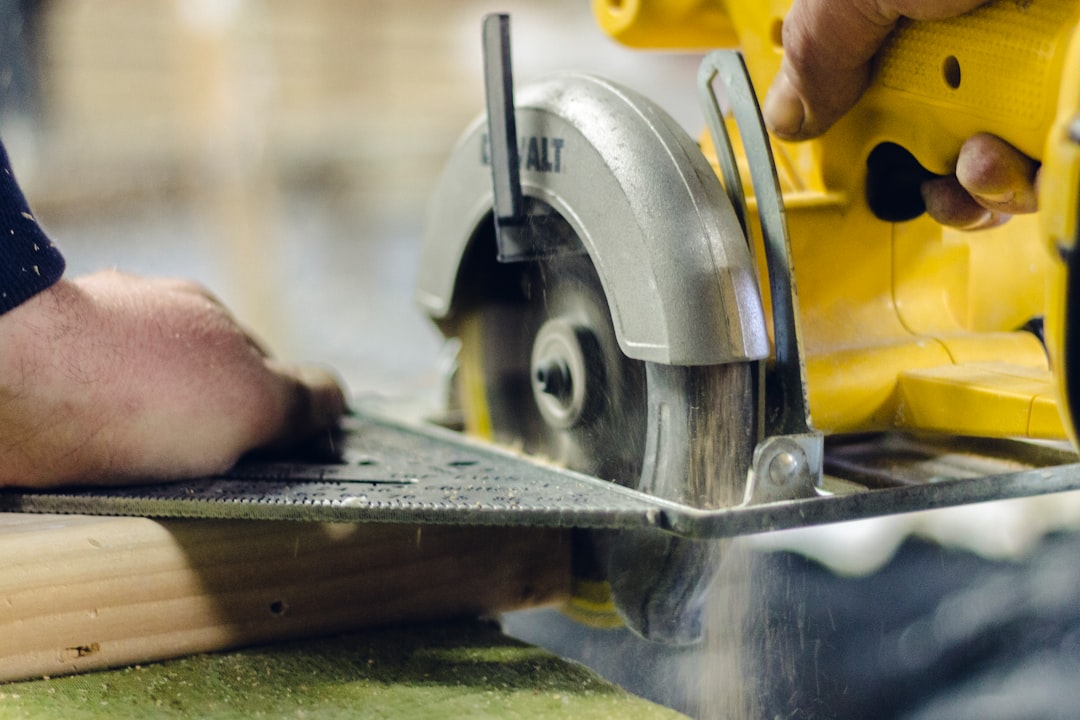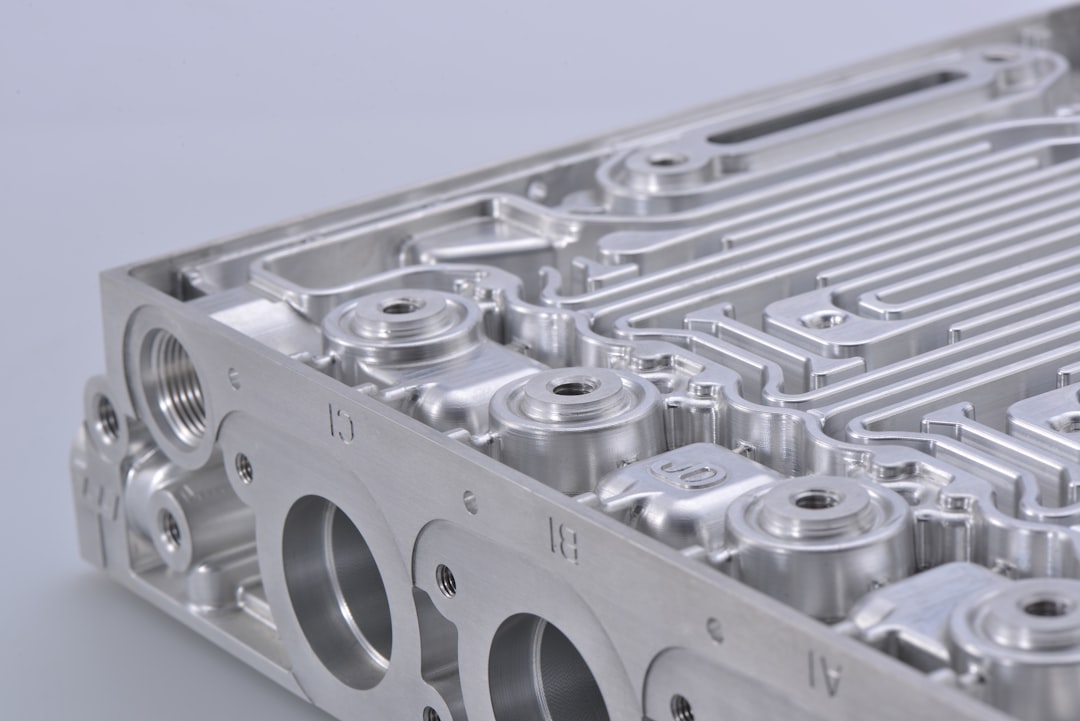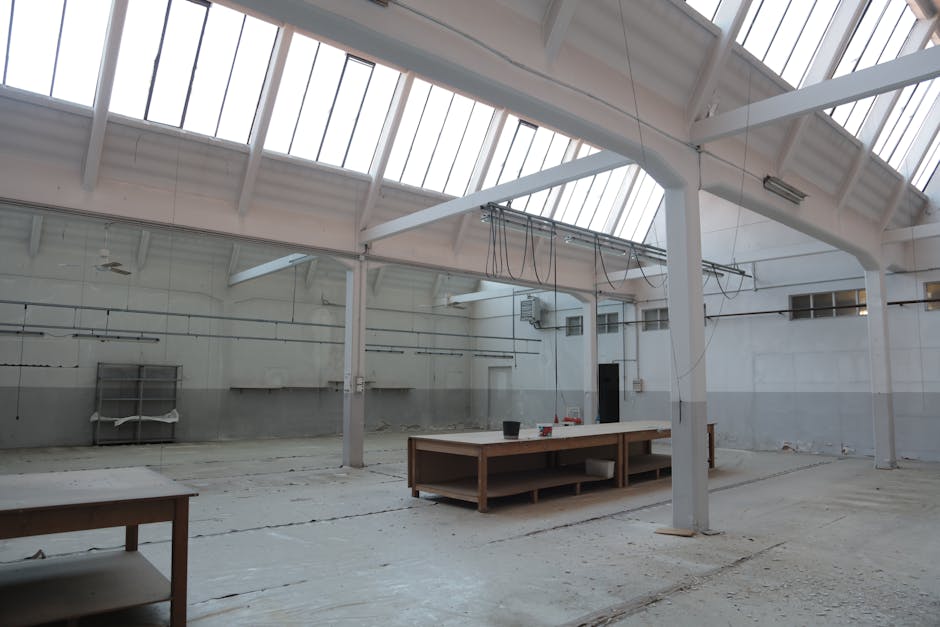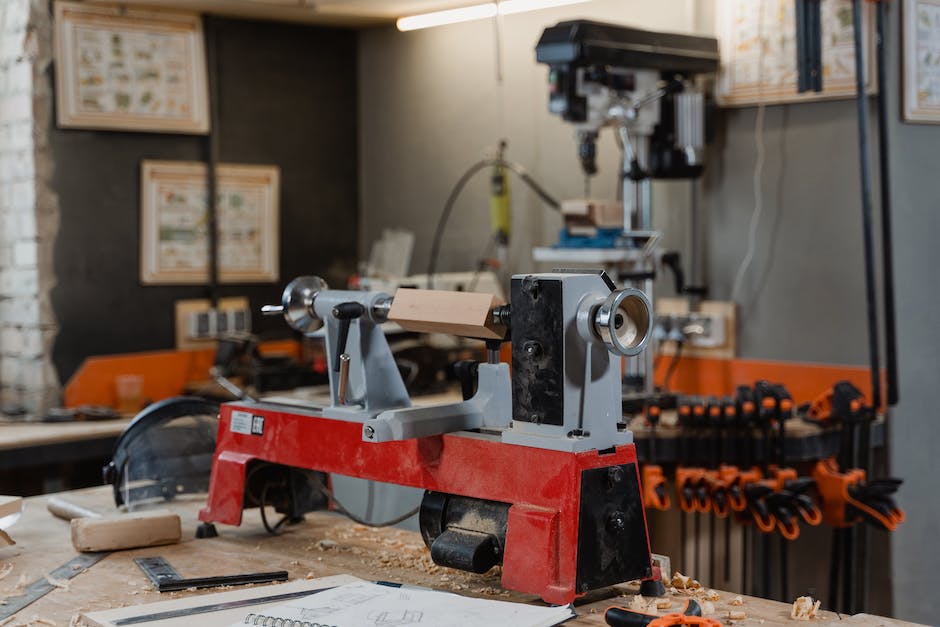CNC Live Tooling: Precision and Efficiency in Modern Machining
CNC live tooling is essential for anyone aiming to lift their precision machining capabilities. But what exactly does it offer?
- Precision: Achieve tolerances as tight as ±0.0005 inches.
- Versatility: Perform milling, drilling, tapping, and more in one setup.
- Efficiency: Reduce downtime by eliminating the need for multiple machines.
When you’re in the market for CNC lathes with live tooling, it’s crucial to understand their immense benefits. Live tooling integrates the capabilities of a mill into a lathe, allowing complex operations to be completed with precision and in a single setup. This means less operational downtime, fewer errors, and more consistent results.
Consider the following key points:
– Precision: Ensuring tight tolerances for high-quality parts.
– Efficiency: Reducing the need for secondary operations, saving time and costs.
– Versatility: Allowing multiple machining processes without reorienting the workpiece.
Investing in CNC live tooling is a smart move. It improves your ability to perform various tasks such as turning, facing, threading, drilling, boring, and more—all while maintaining the workpiece’s orientation to the main spindle. This integrated approach not only boosts productivity but also ensures superior finish and longevity of the tools used.
Before purchasing, consider factors like tool life, machine stability, and the specific needs of your operations. Whether you are dealing with large, deep-pocket parts or small, intricate pieces, customizing your machine’s tooling can make all the difference in achieving optimal results.
Start reaping the benefits of CNC live tooling for your manufacturing processes today.
Understanding CNC Live Tooling
Live tooling is a transformative feature in CNC machining, enhancing a standard CNC lathe into a multifunctional machine capable of handling complex parts with precision. Unlike static tools, which are fixed and only perform turning operations, live tools are equipped with their own drive mechanisms, allowing them to execute operations such as milling, drilling, and tapping. This integration enables the machining of intricate designs without repositioning the workpiece, significantly boosting both versatility and productivity.
Static Tool vs. Live Tool
Static tools are stationary, used primarily for turning operations. They are effective for basic tasks but limited in scope. Live tools, however, are dynamic; they can rotate and perform additional machining operations, making them indispensable for complex and precision tasks.
Operations Enabled by Live Tooling
Live tooling allows for diverse operations:
- Milling: Crafting flat surfaces or complex patterns.
- Drilling Off-Center: Positioning holes away from the main axis.
- Cross Milling: Executing operations across the workpiece.
- Tapping: Creating precisely threaded holes.
- Grooving/Slotting: Designing specific grooves or slots.
- Thread Milling: Producing threads in a single setup.
Benefits of Using Live Tooling
The adoption of live tooling in CNC lathes brings numerous advantages:
- Increased Efficiency: Multiple operations can be performed in one setup.
- Improved Precision: Ensures high accuracy and superior finishes.
- Reduced Setup Time: Minimizes the need for multiple setups and machines.
- Versatility: Facilitates a wide range of machining tasks efficiently.
Types of CNC Live Tooling
Understanding the different types of CNC live tooling is crucial for optimizing your machining operations. Each type is designed for specific tasks, enhancing efficiency and quality.
Radial Heads
Radial heads operate perpendicular to the spindle’s axis, perfect for side operations like milling slots or drilling holes.
Axial Heads
Axial heads work parallel to the spindle axis, ideal for tasks such as drilling and tapping along the centerline.
Swivel Heads
Swivel heads can adjust their angle, offering the ability to perform operations at various angles, which is essential for complex part designs.
Multi-Spindle Heads
Multi-spindle heads hold multiple tools, enabling simultaneous operations and significantly reducing cycle times, ideal for high-volume production settings.
By selecting the appropriate type of live tooling, you can greatly enhance the capabilities of your CNC machines, ensuring precision and efficiency in your manufacturing processes.
Benefits of Investing in Live Tooling
Investing in CNC live tooling can significantly enhance your machining operations, offering a multitude of benefits:
Milling
Live tooling enables milling directly on a lathe, allowing the creation of complex shapes and features without transferring the workpiece to another machine, thus saving time and improving accuracy.
Drilling
Perform precise drilling operations, including off-center drilling, crucial for complex parts.
Cross Milling
Cross milling involves milling across the workpiece, essential for intricate features like slots and grooves.
Tapping
Tapping with live tooling ensures precise thread creation with minimal risk of misalignment.
Grooving
Easily perform grooving or slotting operations, ideal for creating keyways and other features.
Thread Milling
Thread milling offers flexibility and precision, allowing for the creation of threads with varying diameters and pitches.
Y-Axis
Incorporating a Y-axis expands machining capabilities, enabling complex operations and the production of parts with intricate geometries.
Automation
Enhance automation with features like bar feeds and parts catchers, which streamline the machining process, reduce manual intervention, and increase efficiency.
By leveraging these benefits, CNC live tooling can revolutionize your machining operations, boosting productivity and ensuring high-quality results.
Selecting the Right Live Tooling for Your Needs
Choosing the right CNC live tooling for your lathe is crucial for optimizing performance and ensuring precision. Here’s what you need to consider:
Tool Holder Style and Size
Different projects require different tool holder styles and sizes. For example, radial heads are ideal for side operations like milling slots, while axial heads excel at drilling and tapping along the centerline. Swivel heads offer flexibility by allowing operations at various angles, and multi-spindle heads can hold multiple tools for simultaneous operations.
Tip: Always check the specifications of your lathe to ensure compatibility with the tool holder style and size you choose.
Bolt Hole Pattern (BHP)
The Bolt Hole Pattern (BHP) is another critical factor. This pattern determines how the tool holder mounts to your lathe’s turret. Verify the BHP to ensure a secure fit, which is essential for maintaining precision and stability during operations.
Quote: “A small mismatch in the bolt hole pattern can lead to significant issues in precision machining,” says Preben Hansen, president of Platinum Tooling Technologies Inc..
Quality and Performance
Quality should never be compromised. Look for tool holders made from alloy steel and precision-ground components. These materials provide the durability and accuracy needed for high-performance machining.
Case Study: One company improved their cross-milling application by switching to an ER32AX output tool. This change reduced their cycle time from 262 seconds to 172 seconds, saving them $45,000 annually.
American-Made
Opting for American-made tool holders ensures you get high-quality products that meet rigorous standards. These tools are often more reliable and come with better customer support.
Fact: Each driven tool from our product line is precision machined from alloy steel and ground to ensure the highest quality. This commitment to quality makes American-made tool holders a trustworthy choice.
By carefully considering these factors, you can select the right CNC live tooling that meets your specific needs, enhancing both productivity and precision in your machining operations.
Ready to get the most out of your CNC lathe? Let’s dive into the next section: Maximizing Your CNC Lathe with Live Tooling.
Maximizing Your CNC Lathe with Live Tooling
When it comes to getting the most out of your CNC lathe, live tooling can be a game-changer. Here’s how you can maximize productivity and performance with the right tools and setups.
Productivity and Performance
Using live tooling can significantly boost your shop’s productivity. By allowing multiple operations like milling, drilling, and tapping without reorienting the workpiece, you save time and reduce errors. This also means fewer setups, which translates to higher efficiency.
Heimatec is a top name in the industry, known for its durable and high-performance live tools. With over 40,000 designs, Heimatec offers tools that meet the most demanding applications, ensuring you get the best results every time.
High Pressure Coolant
High-pressure coolant is essential for maintaining tool life and improving cutting performance. Look for live tools that offer internal coolant capabilities up to 2000 psi. This helps in better chip evacuation and reduces heat buildup, which is crucial for precision machining.
Speed Increasers
Sometimes, the turret RPM isn’t enough to handle specific tasks. In such cases, speed increasers can be invaluable. They can offer ratios up to 1:4 with capabilities of reaching 24,000 rpm. This is particularly useful for intricate machining tasks that require higher speeds.
Multi-Spindle Tools
For shops that handle complex parts, multi-spindle tools can be a huge advantage. These tools allow you to perform multiple operations simultaneously, further reducing cycle times. Multi-spindle configurations can be customized to meet specific needs, making them versatile and efficient.
Output Systems
Choosing the right output system is crucial for the performance and durability of your live tooling. Options include ER collet, Weldon, arbors, Heimatec Capto, HSK, and CAT/SK/BT. Each system has its own benefits, so select one that aligns with your specific requirements for precision and ease of use.
Bearing Systems
The bearing system in your live tooling affects its stability and precision. Heimatec offers a combination of high-precision spindle bearings (ABEC 7) and optional Timken bearings (ABEC 5). These bearings ensure maximum performance, stability, and rigidity, which are essential for high-precision work.
Gear Systems
Heimatec uses gears made from high-resistance gear steel that are specially hardened, ground, and lapped in sets. This ensures smooth torque transmission and minimal backlash, which are critical for maintaining accuracy and tool life.
By focusing on these key areas, you can significantly improve the capabilities of your CNC lathe. Investing in high-quality live tooling and accessories will not only improve your productivity but also ensure consistent precision and longer tool life.
Next, let’s address some of the most common questions about CNC live tooling.
Frequently Asked Questions about CNC Live Tooling
What does live tooling mean in CNC?
Live tooling refers to tools on a CNC lathe that can rotate and perform additional operations like milling, drilling, tapping, and more. Unlike static tools, which only cut while the workpiece spins, live tools have their own drive mechanisms. This allows them to move and rotate independently, enabling complex machining tasks without needing to reposition the workpiece. This capability significantly improves the versatility and efficiency of CNC lathes.
What is the difference between a live tool and a static tool?
The main difference between live tools and static tools lies in their functionality:
- Static Tools: These are stationary tools that only cut when the workpiece is rotating. They are used for basic turning operations.
- Live Tools: These tools can rotate and move, allowing for additional operations like milling, drilling, and tapping while the workpiece is still in the lathe. Live tools are driven by their own motors and can perform multiple tasks in one setup, reducing production time and increasing precision.
What are the different types of live tools?
There are several types of live tools commonly used in CNC lathes, each designed for specific operations:
-
Radial Tools: These rotate perpendicular to the chuck axis and are ideal for milling and drilling on the cylindrical surface of the workpiece.
-
Axial Tools: These rotate parallel to the chuck axis and are perfect for drilling off-center holes or creating threads on flanges.
-
Multi-Spindle Tools: These tools can perform multiple operations simultaneously, increasing efficiency and reducing cycle times.
-
Tapping Tools: Designed specifically for creating threads, these tools rotate and apply axial force to cut threads accurately.
-
Boring Tools: Used for enlarging existing holes or creating new ones, these tools offer high precision and minimal vibration.
-
Gear Hobbing Tools: Specialized for cutting gears, these tools can rotate at different speeds and angles to create precise gear profiles.
-
Grinding Tools: These are used for grinding operations, such as finishing external surfaces or internal bores.
Understanding these types of live tools can help you choose the right one for your specific machining needs, ensuring optimal performance and efficiency.
Next, we’ll dive into how to select the right live tooling for your specific needs.
Conclusion
Choosing the right CNC live tooling for your lathe can significantly improve your machining capabilities. With the right tools, you can achieve higher precision, better finishes, and longer tool life, all while increasing productivity and reducing costs.
At TMC Technologies, we understand the importance of quality and innovation in CNC machining. We offer a range of high-quality CNC components, including advanced toolroom lathes and Hardinge super-precision machines. These are designed to meet the stringent requirements of modern manufacturing, ensuring that you can achieve the utmost accuracy and efficiency in your work.
Beyond supplying top-notch machines, we specialize in custom tool design and fabrication. Our expert team can help you develop tools custom to your specific needs, whether it’s for intricate metal parts or high-speed production runs. We use the latest materials and design techniques to create tools that offer superior durability, precision, and performance.
Partnering with TMC Technologies means opting for a partner who understands the nuances of high-precision CNC lathe work. We are committed to helping you push the boundaries of what’s possible, ensuring that your projects not only meet but exceed industry standards.
We invite you to explore how our CNC machining services can transform your manufacturing capabilities. Visit our Capabilities Overview to learn more about how we can support your journey towards unparalleled success in custom applications and beyond.
In the field of precision machining, every detail counts. Let us help you ensure that your work not only meets but exceeds expectations. With TMC Technologies, open up the full potential of high-precision CNC lathes and propel your business towards unparalleled success.
